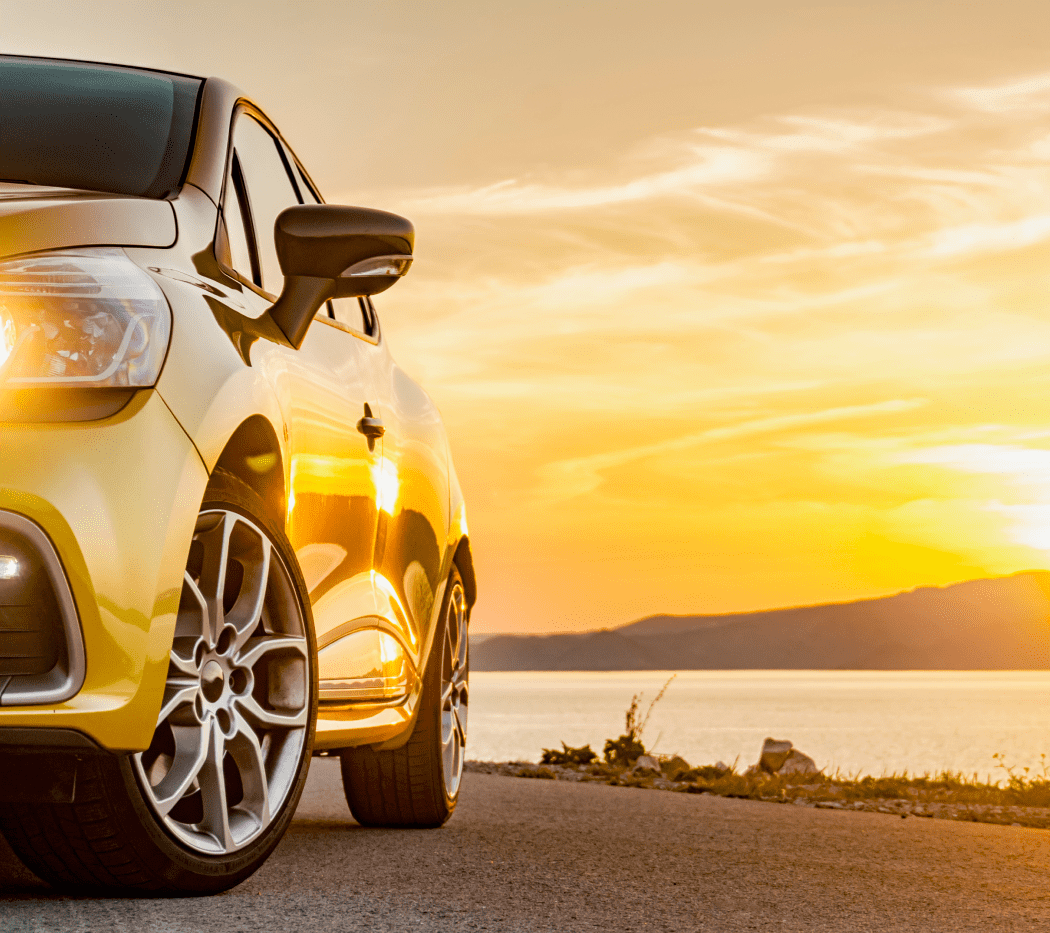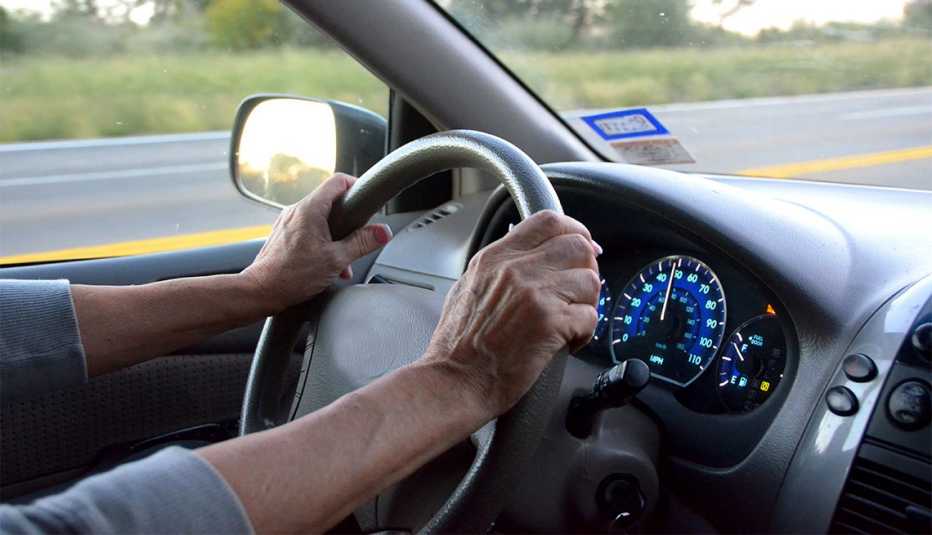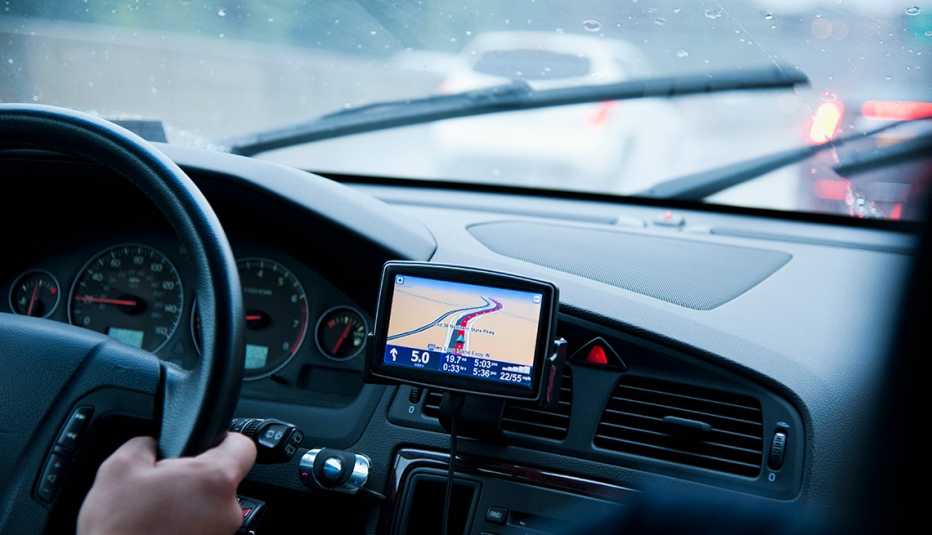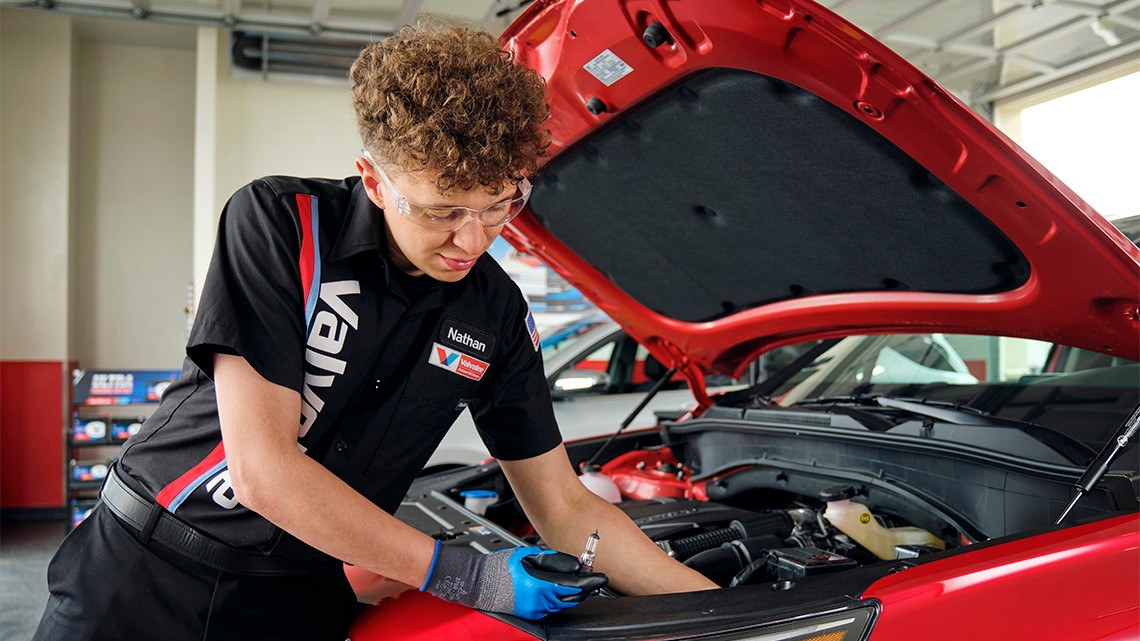Staying Fit
Whether it’s during a drizzle or a downpour, driving in the rain can be challenging and hazardous. The U.S. Department of Transportation’s Federal Highway Administration reports that the vast majority of weather-related automobile crashes happen while it’s raining or on wet pavement.
Slick roads are a factor in close to 1.2 million vehicle accidents every year, according to the highway administration. Here’s how to stay in control of your car and keep yourself safe while driving this spring.


AARP Membership— $12 for your first year when you sign up for Automatic Renewal
Get instant access to members-only products and hundreds of discounts, a free second membership, and a subscription to AARP the Magazine.
1. Get yourself and your vehicle ready for the road
Before venturing out in the rain, drivers should prepare themselves to drive safely, says William Van Tassel, who manages national driver training programs for the American Automobile Association and is based in Orlando, Florida.
“You need to be well rested and have a totally clear head; there’s no room for any sort of impairment when driving in tough conditions,” says Van Tassel.
Make sure your car can handle the rain. Your tires should be properly inflated — which allows them to have the most traction on the road — and have enough tread.
“The tread helps evacuate the water between the tire and the road, so the deeper the tread, the better the traction,” explains Van Tassel. “We tend to take tires for granted, but they’re the most important part on the vehicle. If someone’s tires are underinflated or close to balding, they’ll have less traction on the road exactly when they need more traction.”
If you put snow tires on your car during winter, swap them out once the snow has melted, because summer tires do a better job in rainy conditions, he adds.
2. Make sure you can see and be seen
It’s harder to drive safely in the rain because of limited visibility — especially at night — so test your windshield wipers. They should clean the glass in one swipe, with no streaks. If they’re not performing well, you may need to purchase and install new wiper blades. That’s an easy DIY project, though you can also have it done for you at your local gas station or auto parts store.
If you’re anticipating frequent, heavy downpours, consider applying water-repellent products to your windshield that help water bead and run off the glass more quickly.
Turn on your defroster to prevent fogged windows, and wipe any dirt from your headlights, brake lights, turn signals and taillights so other drivers can see you better, suggests Van Tassel.
Many cars have settings that automatically turn on the headlights when the skies dim or the wipers are on, but it’s still a good idea to double-check that they’ve been activated during a rainstorm.
You’re about twice as visible to other road users when your headlights are on, so anytime you drive — day or night, rain or shine — turn on the headlights, Van Tassel says.
3. Keep your distance
In bad weather, drivers should leave more room between themselves and the car in front of them.
“It’s really hard to hit something if you’ve got enough space around your vehicle, and drivers should increase their following distance to five or more seconds behind the vehicle ahead,” says Van Tassel.
If you’re on the highway or a road with several lanes, try to keep an open space on at least one side of your vehicle at all times. This way, if something happens in front of you and you don’t have enough time to brake, you can immediately move left or right, he says.
Pro tip: Because water tends to accumulate more in outside lanes, drive in the middle lane.






































































